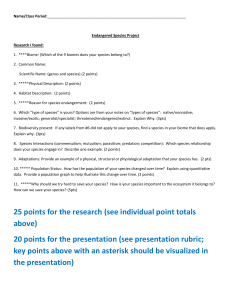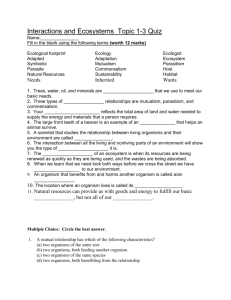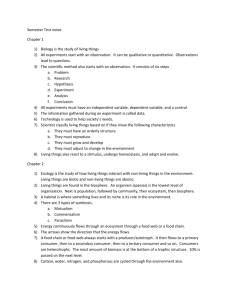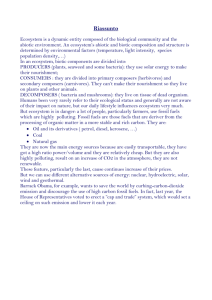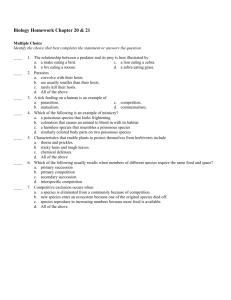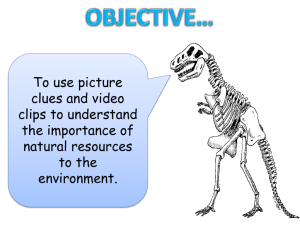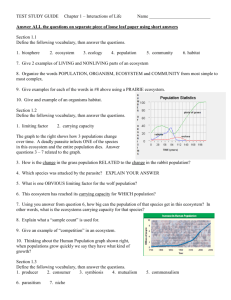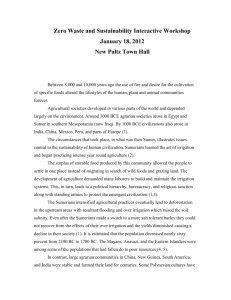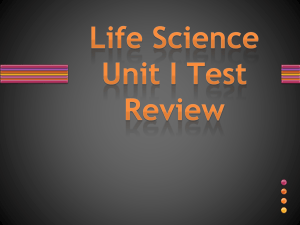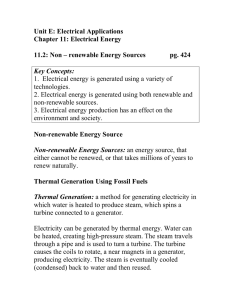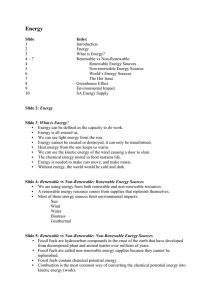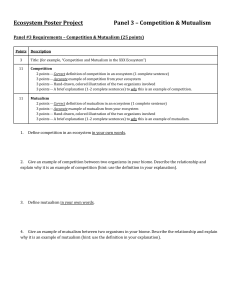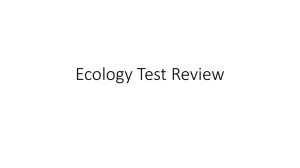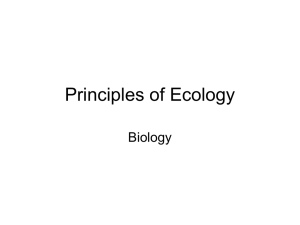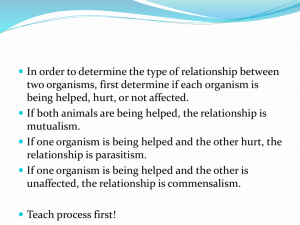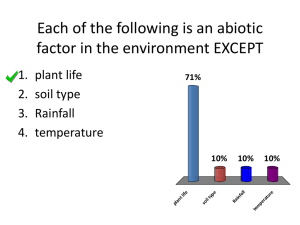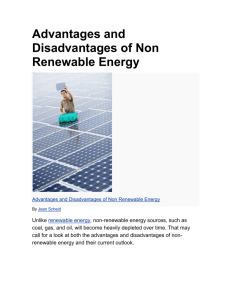Ecology Benchmark Study Guide
advertisement
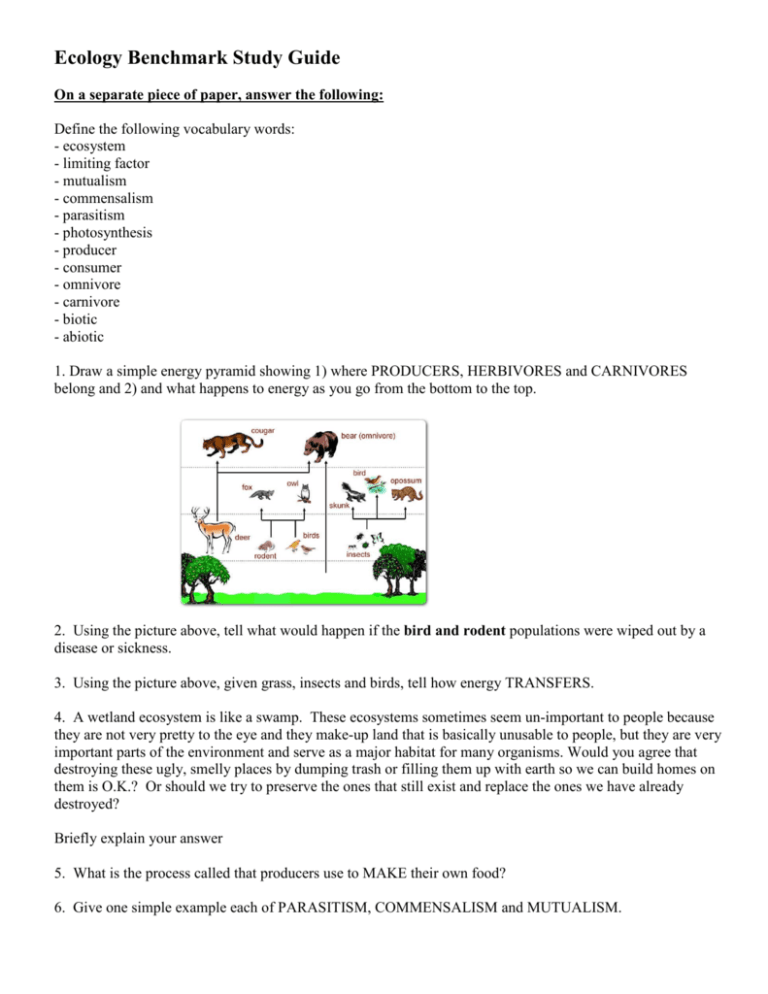
Ecology Benchmark Study Guide On a separate piece of paper, answer the following: Define the following vocabulary words: - ecosystem - limiting factor - mutualism - commensalism - parasitism - photosynthesis - producer - consumer - omnivore - carnivore - biotic - abiotic 1. Draw a simple energy pyramid showing 1) where PRODUCERS, HERBIVORES and CARNIVORES belong and 2) and what happens to energy as you go from the bottom to the top. 2. Using the picture above, tell what would happen if the bird and rodent populations were wiped out by a disease or sickness. 3. Using the picture above, given grass, insects and birds, tell how energy TRANSFERS. 4. A wetland ecosystem is like a swamp. These ecosystems sometimes seem un-important to people because they are not very pretty to the eye and they make-up land that is basically unusable to people, but they are very important parts of the environment and serve as a major habitat for many organisms. Would you agree that destroying these ugly, smelly places by dumping trash or filling them up with earth so we can build homes on them is O.K.? Or should we try to preserve the ones that still exist and replace the ones we have already destroyed? Briefly explain your answer 5. What is the process called that producers use to MAKE their own food? 6. Give one simple example each of PARASITISM, COMMENSALISM and MUTUALISM. 7. In the picture above describe ONE of the FOOD CHAINS. 8. Using the picture above, tell what the difference is between a FOOD CHAIN and a FOOD WEB. 9. What are the two major climate factors that determine biomes? 10. Put the following terms in the correct order from smallest to largest according to size. Biome, biosphere, organism, community, population and ecosystem 11. Which biome has the largest variety of organisms and which has the fewest? 12. Using and thinking about your answer to question 9 above, explain your answers to question 11. 13. As a whole, what is shown in the diagram above? 14. First write the word that describes A, B, C and D then DEFINE what is happening at each. 13. As a whole, what is shown in the diagram above? 14. Write the words that describe A, B, C and D (note there are 2 gases at D!) 15. Describe two ways that nitrogen fixation happens. 16. What is the difference between renewable and non-renewable resources? 17. Riding a bike versus using a car, turning off the TV when no one is watching it or refusing to take a plastic bag from the cashier to carry a pack of gum, a bottle of water and a candy bar after you bought them at a store. Explain how the 3 behaviors above in people can help to conserve (save) resources. 18. Compare and contrast the advantages and disadvantages of fossil fuels and nuclear energy. 19. There are many renewable energy sources we can use, but we still rely heavily on non-renewable ones like fossil fuels and nuclear energy. Both of these are non-renewable. Give one reason why people might choose nuclear energy over using a fossil fuel like coal to make electricity. 20. What is a DICHOTOMOUS KEY used for? 21. Tell me what the saying “King Phillip Came Over For Good Spaghetti” stands for in regarding classification. 22. Using your answer from question 21, which term describes the most general widest classification and which is the most specific or narrow?

